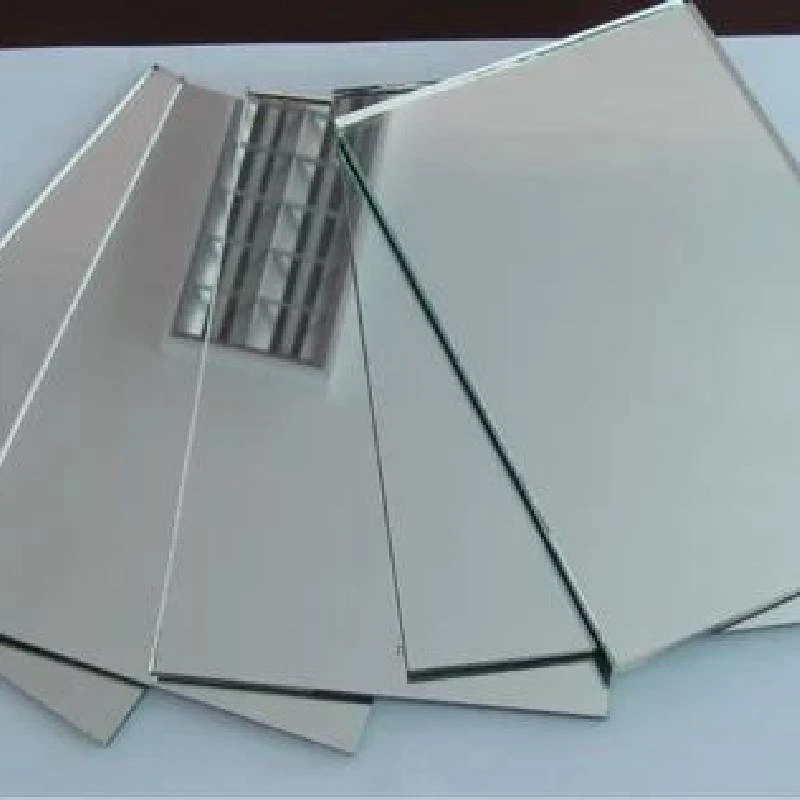

Exploring the Art of Decorative Architectural Glass
Architectural glass has long served not just functional purposes but also as a medium of artistic expression. One of the most captivating realms within this field is decorative architectural glass, which has the power to transform spaces and elevate the aesthetic experience of any environment. From traditional stained-glass windows to modern glass installations, decorative glass continues to inspire architects, artists, and designers alike. This article will delve into the various types and applications of decorative architectural glass, highlighting its significance in contemporary design.
Historical Context
The use of decorative glass can be traced back thousands of years. Ancient civilizations employed colored glass in their architectural designs, using it to create stunning visual effects. For example, stained glass became particularly prominent in Gothic cathedrals, where intricate designs and vivid colors told biblical stories and filled interiors with light. As technology evolved, glass-making techniques advanced, allowing artists to explore new forms and styles. Today, decorative architectural glass encompasses a wide array of methods, including etching, sandblasting, painting, and digital printing.
Types of Decorative Architectural Glass
1. Stained Glass This classic form of decorative glass involves pieces of colored glass joined together by lead came. Stained glass windows are not limited to religious structures; they can also be found in private homes, museums, and commercial buildings. The vibrant hues and intricate designs create a dynamic interaction with light, casting beautiful patterns across spaces.
2. Fritted Glass Created by applying powdered glass to the surface and then firing it, fritted glass offers both decorative and functional benefits. The texture and color can be customized, resulting in striking patterns. It is often used in facades and interior partitions, providing privacy while still allowing light to filter through.
3. Laminated Glass This type of glass consists of two or more layers of glass, bonded with a layer of plastic interlayer. Not only does laminated glass enhance safety and durability, but it also allows for decorative elements such as printed graphics or colored interlayers. This versatility makes it ideal for use in both commercial and residential settings.

4. Sandblasted Glass Sandblasting is a technique that involves forcibly propelling sand onto the glass surface, etching designs into the material. This method allows for the creation of frosted patterns and textures, adding depth and interest to windows, doors, and partitions.
5. Digital Printed Glass With advancements in digital printing technology, designers can now apply intricate graphics directly onto glass. This process allows for high-resolution images, patterns, and colors that can be tailored to specific design themes, making it a popular choice for contemporary architecture.
Applications in Contemporary Design
Decorative architectural glass can be utilized in various applications, from grand public buildings to intimate residential spaces. In commercial environments, glass partitions can create a sense of openness while providing decorative elements that align with branding and identity. In healthcare facilities, decorative glass not only enhances aesthetics but also contributes to a calming atmosphere, improving patient experience.
In residential settings, custom-designed glass panels or windows can serve as focal points, adding character and uniqueness to a home. Outdoor spaces can also benefit from decorative glass, as features like glass railings or garden sculptures create a seamless connection between the interior and exterior.
Conclusion
The world of decorative architectural glass is vast and continually evolving, blending art and architecture in innovative ways. As designers and architects seek to create spaces that inspire and engage, decorative glass offers endless possibilities for creativity. Its ability to manipulate light, provide color, and introduce textures ensures that architectural glass will remain a vital element in the design landscape for years to come. Whether through the grandeur of stained glass or the sleek sophistication of laminated panels, decorative architectural glass is truly a testament to the synergy of functionality and artistic expression.